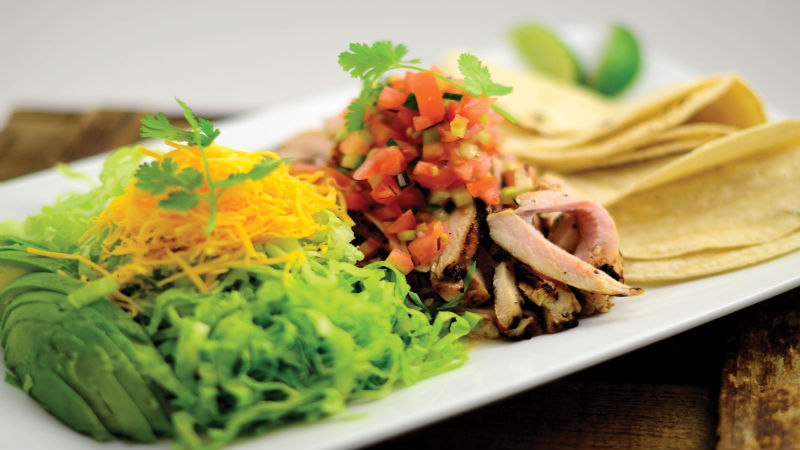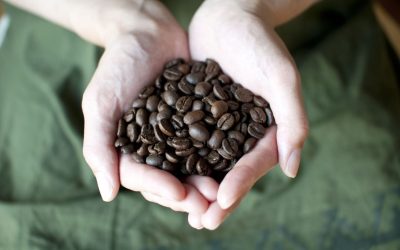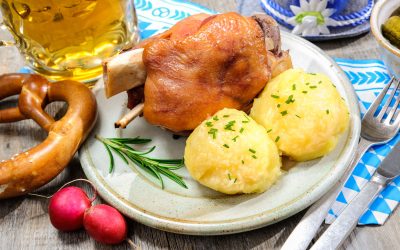Herbal tea tisane is a common term, but in fact, both herbal tea and tisane mean the same thing. Interestingly, a herbal tea tisane is not a true team, as it contains no tea leaves.
Tisane is becoming the preferred term as it denotes the lack of actual tea or leaves from the Camellia sinensis plant. Herbal tea tisanes can be made from one or more parts of the plant, and they can provide various health and wellness benefits without any caffeine.
Most tisanes combine several different parts of the plant to create a unique flavor and a specific wellness benefit. Many tisanes are designed to help people relax, boost energy levels, reduce inflammation, or even help improve immunity or aid in digestion. They can also be used as a refreshing drink served both hot or cold throughout the year.
Bark Tisanes
As the name implies, these are infusions or decoctions that are made from the bark of different plants. Cinnamon is a great example, as is slippery elm, which is potentially helpful in reducing stomach and digestive irritation.
Leaf Tisanes
Many herbs that grow in home gardens are added to tisanes. Lemon balm, different types of sweet mint and peppermint, verbena, and lemongrass leaves are all great examples of highly flavored leaves.
Flower Tisanes
Rose petals and rose hips, lavender flowers, hibiscus, and chamomile add a light, floral note to tisanes. These flowers also have healing properties and can help get a good night’s sleep.
Root Tisanes
Dried roots, including chicory, ginger, and echinacea, provide distinctive and robust flavor to tisanes. They also contain healthy phytochemicals that help with immunity, digestion, and wellness.
To add sweetness and flavor, many herbal tea tisanes also include dried fruit and berries and dried spices for a well-rounded and full flavor.



